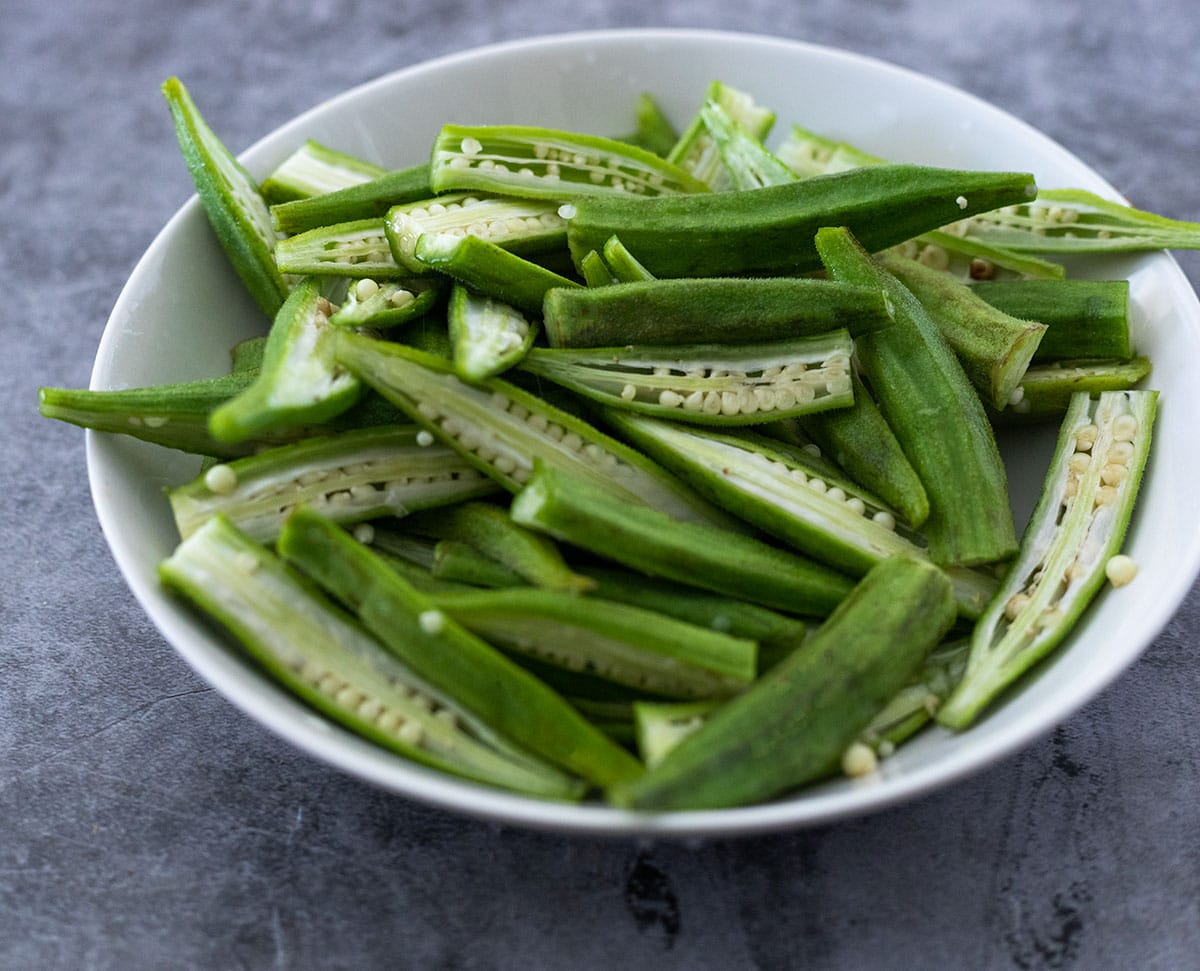All About Okra
Okra is a classic veggie in a number of cuisines, but there is also no shortage of places where it still feels pretty alien. The long, slender vegetable has been used the world over in a hundred thousand different dishes, like this Okra Curry Recipes and we’d be more than happy to give you the low-down on this unique ingredient.
What Is Okra?
The plant itself grows particularly well in hot, humid climates, so it’s well-suited to a number of southern-US states. Leading growers are worldwide, however, and include India, Nigeria, and Sudan. In the US, it’s grown mostly here in Florida.
Thanks to its place in soul food history, it’s an essential ingredient in a number of Southern, Caribbean, and Indian cuisines such as gumbo and assorted stews. It’s a food that people tend to either love or hate due to its texture, once cooked. Often, okra can become slimy and silky once it’s been cooked, which provokes mixed reactions. Some people love that (I love it), while others utterly loathe it.

Technically speaking, okra is actually a fruit since it has seeds in it. Despite that, it is more often cooked and eaten as a vegetable would be. It can also be eaten raw.
The green seed pods can be cooked whole or sliced, so preparing them is really easy – a number of people don’t even wash them! There are a number of different ways to cook okra, as it’s such a versatile ingredient.
How to Eat Okra?
Typically, the okra seed pods are cooked in a stew, like Vegan Stewed Okras Tomatoes, either by first being fried, or allowed to boil for a while in the other juices of the stew. This cooking method does, however, lead to the controversial ‘slimy’ texture of the okra which a number of people particularly dislike. In order to avoid this, there are other cooking methods.
Frying, grilling, or roasting can reduce the sliminess of the okra once it has been cooked, though it’s difficult to entirely eliminate that strange texture.
Okra is always in season somewhere around the world, so you’re sure to be able to get it at your local supermarket no matter what. When it’s in season locally, however, you’ll likely be able to get okra by the pound and use that in big batches of stews. When it isn’t in season near you, you’ll only be able to buy imported okra, which may be more expensive. Generally speaking, okra is in season in the US during the summer months and out-of-season during the winter.
What Does Okra Taste Like?
Okra has a mildly sweet flavor, with a grassy note. The entire plant including the leaves are edible

How to Cook With Okra?
People use okra in many recipes, especially in soups and stews. Okra has a natural chemical called mucilage that thickens dishes when heated.This is a good thing in a number of dishes, for example, Vegan Gumbo, in which the thickness of a dish is a good thing. This can be problematic, as mucilage gives okra the slimy texture that many people dislike.
If you’re hoping to cut down on the slimy consistency that okra can have, there are two main ways to do it: deep-frying and pickling. Some Caribbean regions often deep-fry okra, where they slice, bread, and then fry it. This leads to a powerfully savory dish which can be great for dunking.
In cuisines like the Indian, they pickle okra differently than in the West. They often serve these oil-rich pickles, spiced with fresh chili or mustard seeds, as a garnish.
Preparation Phase:
In the preparation phase, there are a number of different things to consider with okra. First, you must wash the okra thoroughly and pat it dry before using it in any recipe. How you slice it depends on the recipe or cuisine. Some households prefer thin rounds, while others slice it lengthways. It’s up to you, you could even leave it whole!
Would you like to try some okra but you’re unsure about the sliminess that it might have? Well, luckily there are quite a few ways to reduce that texture that have been tried and tested. The two best ways are to use vinegar (I use lemon juice) or to cook it at high heat.
To reduce okra’s sliminess, soak it in acidic solutions like vinegar or lemon juice, then drain and rinse. This acid breaks down some of the mucilage, but some sliminess might remain. For best results, use high-acidity vinegar like distilled white vinegar, which is about 5% acid.
Using very high heat works in the same way as using acid, in that it also denatures the mucilage. You can either allow the okra to cool and dry after cooking at high heat, or you can throw them straight into your food from, say the grill.
Conclusion:
However or whenever you decide to use okra in your kitchen, you’re sure to have great results. It’s a really versatile recipe that can add a lot to a dish, so make sure to do a little research and find an okra recipe that you like the look of!
If you enjoyed this post and would love to see more, join me on Instagram, Facebook & Twitter!
Join Our Facebook Juice Support Group
Love seasonal recipes? Don’t miss out on my special offer for a limited time! Grab all three of my cookbooks for just $19.99! They’re filled with delicious, healthy dishes that are perfect for every season. Hurry and get your set before the offer ends!







Thank you Michelle,
I just found your site and I am so excited!
I have a persimmon tree in the back yard and a have your recipe for persimmon bread in the oven!
Bless you for the work you are doing!
Jana, I’m so happy you found my website, I hope you enjoy the bread. Thank you.